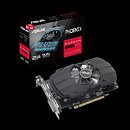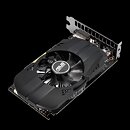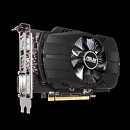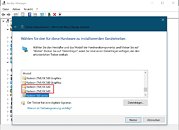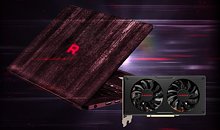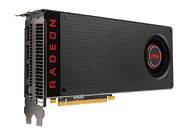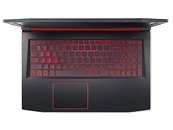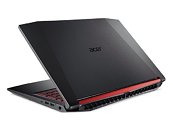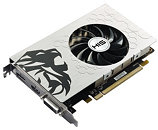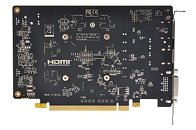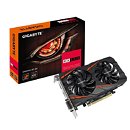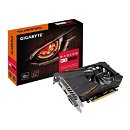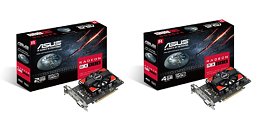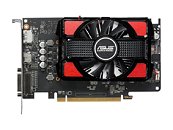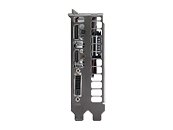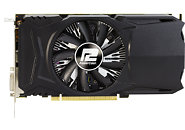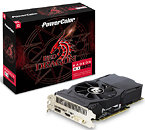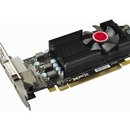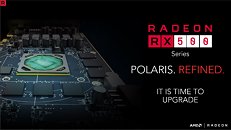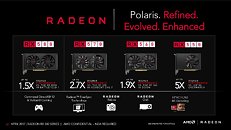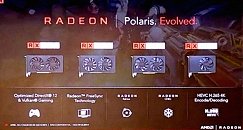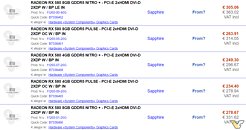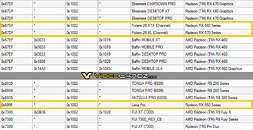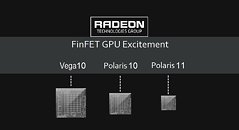
Lenovo Embraces the AI PC Era with New ThinkCentre Desktops Powered by AMD Ryzen PRO 8000 Series Desktop Processors
Lenovo has unveiled a selection of ThinkCentre desktops powered by AMD Ryzen PRO 8000 Series desktop processors with up to 16 TOPS (trillion operations per second) of integrated NPU capability dedicated to process AI workloads, including the performance focused ThinkCentre M75t Gen 5, the flexible ThinkCentre M75s Gen 5, and the compact ThinkCentre M75q Gen 5. Designed to meet the diverse needs of modern business, the ThinkCentre M75 Gen 5 family of desktops harnesses the AI capability of its component while optimizing its energy efficiency to deliver impressive results.
"The AI PC era is already here and at Lenovo we are embracing it to unlock new possibilities," said Sanjeev Menon, vice president and general manager, Worldwide Desktop Business in Intelligent Devices Group, Lenovo. "The need for businesses to integrate AI into their operations continues to grow and our ThinkCentre M75 family of desktops, with a strong and stable power supply, the ability to upgrade components when needed, and the space to expand memory and optimize thermal management are the ideal options to enhance productivity with AI without heavy investments. Lenovo and AMD have a long-standing partnership focused on delivering value to our customers and we know users will be delighted by the leap in performance of our new desktops."
"The AI PC era is already here and at Lenovo we are embracing it to unlock new possibilities," said Sanjeev Menon, vice president and general manager, Worldwide Desktop Business in Intelligent Devices Group, Lenovo. "The need for businesses to integrate AI into their operations continues to grow and our ThinkCentre M75 family of desktops, with a strong and stable power supply, the ability to upgrade components when needed, and the space to expand memory and optimize thermal management are the ideal options to enhance productivity with AI without heavy investments. Lenovo and AMD have a long-standing partnership focused on delivering value to our customers and we know users will be delighted by the leap in performance of our new desktops."





